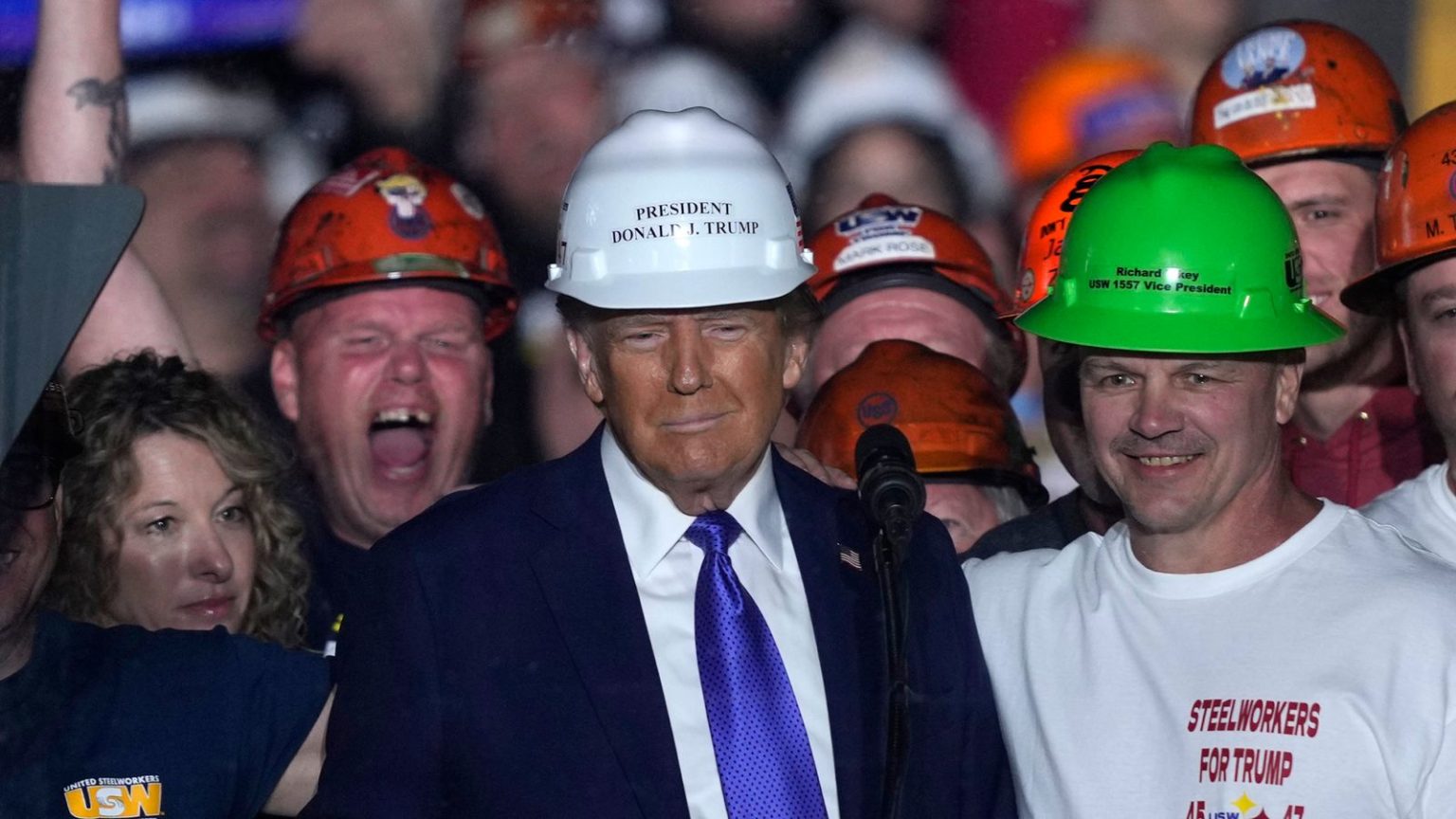The Importance of Steel and Aluminium in Modern Society
Steel and aluminium are two of the most critical materials in the modern world, forming the backbone of our infrastructure, transportation, and technology. Steel, an alloy of iron and carbon, is the primary structural material in buildings, bridges, and machinery. It is hard to imagine a modern structure or vehicle that does not rely on steel in some form. Aluminium, on the other hand, is a lightweight yet incredibly strong metal that has become indispensable in industries such as aviation, automotive manufacturing, and power distribution. From the bodies of electric vehicles to the high-voltage power lines that supply electricity, aluminium plays a vital role in the systems that power our lives. Together, these metals are the bedrock of the modern world, shaping the way we live, work, and travel.
Economic Dependence on Imports: A Vulnerable Position
Despite their importance, both the United States and other developed economies rely heavily on imports to meet their demand for these metals. According to the US Geological Survey, the US has a "net import reliance ratio" of nearly 50% for aluminium, meaning that almost half of the aluminium used in the country is imported. This dependence is less pronounced for steel, with the ratio standing at just over 10%. While this level of dependence might seem manageable, it does leave the US vulnerable to fluctuations in global markets, geopolitical tensions, and trade disputes. The idea behind imposing tariffs on these metals is partly to reduce this reliance and encourage domestic production, but such measures come with their own set of consequences.
The Impact of Tariffs: Short-Term Costs and Long-Term Goals
Tariffs, essentially taxes on imported goods, are intended to make foreign products more expensive and less competitive in the domestic market. While this can incentivize companies to produce more within the country, the immediate effect is a rise in prices for consumers. For example, if aluminium and steel become more expensive, the cost of manufacturing everything from aircraft parts to construction materials will increase. These higher costs are often passed on to consumers, leading to inflation. Additionally, while tariffs may protect certain industries in the short term, they can also lead to job losses in other sectors that rely on imported materials or export goods affected by retaliatory measures. The very industries the government aims to protect could suffer if the tariffs lead to reduced demand or competitiveness.
The Role of China in the Global Metals Market
To understand the broader context of the tariffs, it is essential to look at the role of China in the global metals market. In recent years, China has flooded the market with cheap steel and aluminium, often at prices lower than the cost of production in other countries. This has put immense pressure on producers in the US and Europe, who cannot compete with such low prices. While some of this is due to high energy costs in Europe, much of it can be attributed to China’s practice of heavily subsidizing its producers. This has led to numerous trade disputes and cases filed at the World Trade Organisation, as other countries accuse China of unfair trade practices. However, it is worth noting that the US imports far less steel and aluminium from China than one might assume. For instance, the majority of US aluminium imports come from Canada, not China.
The Consequences of Trade Tensions: A Complex Web of Relationships
The tariffs imposed on steel and aluminium have the potential to disrupt trade relationships, particularly with close economic partners like Canada and Mexico. While the tariffs are intended to address the issue of cheap Chinese imports, they end up affecting other countries that are not the primary source of the problem. This has led to diplomatic tensions and retaliatory measures, further complicating the issue. Moreover, the long-term impact of these tariffs remains uncertain. While they may encourage some domestic production in the short term, it is unlikely that the US can quickly rebuild its steel and aluminium industries to meet current demand. In the meantime, consumers and businesses will bear the brunt of higher prices and potential supply chain disruptions.
Conclusion: Balancing Economic Interests and National Security
At the heart of the tariffs debate is a delicate balance between economic interests, national security, and global trade dynamics. While the desire to reduce reliance on foreign imports and protect domestic industries is understandable, the short-term consequences of tariffs cannot be ignored. The US must navigate a complex web of trade relationships, geopolitical tensions, and economic realities to achieve its goals. Whether the tariffs succeed in their intended purpose or lead to unintended consequences remains to be seen. One thing is certain, however: the interplay between steel, aluminium, and global trade will continue to shape the economic landscape for years to come.















